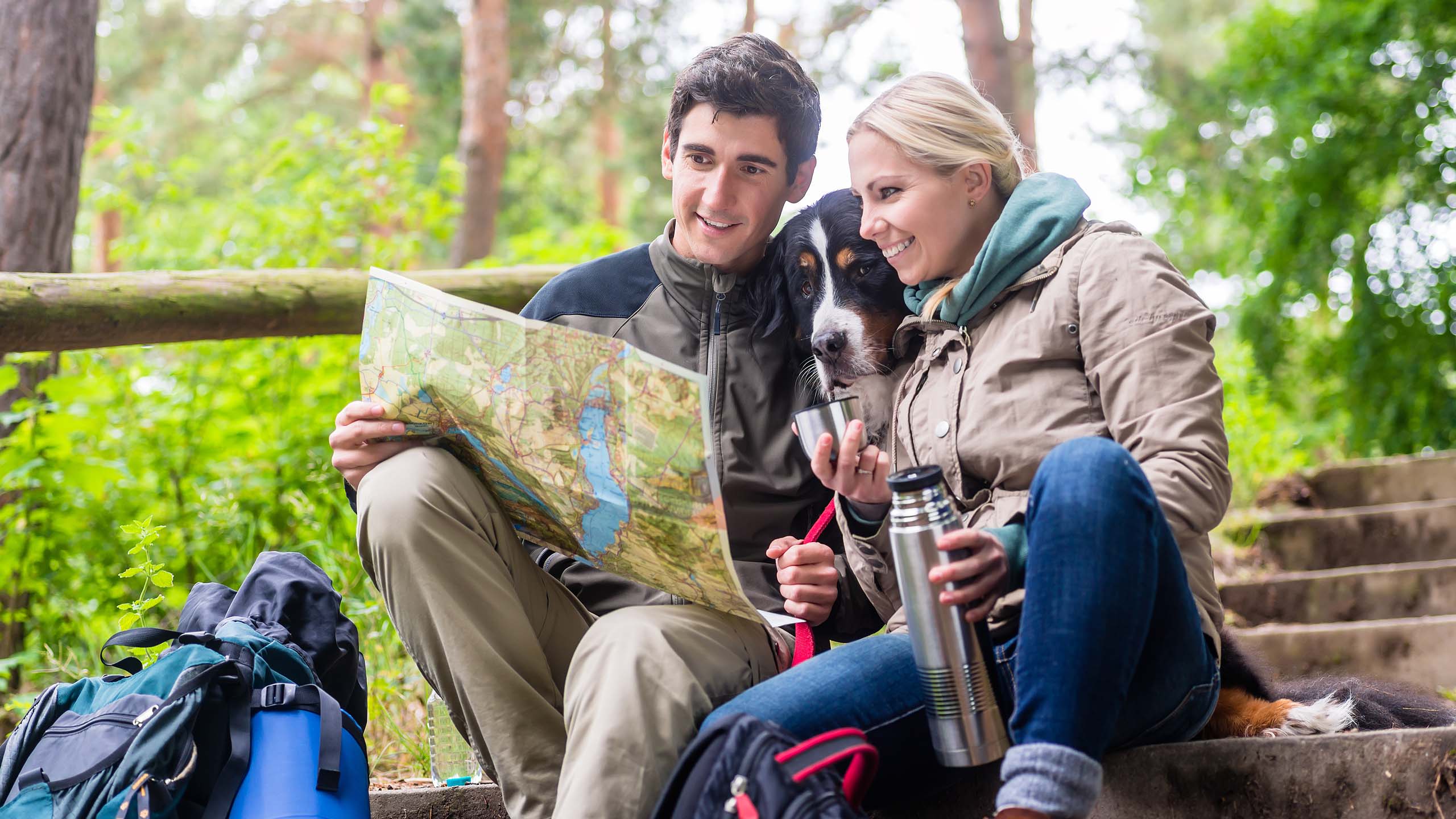What Is Overtourism of Destinations
What Is Overtourism of Destinations
What is Overtourism
People are travelling for one reason or another, and travel has dramatically increased over the last 30 years. This is due to the reduced cost to travel, allowing people to maximise their travel opportunities more often, at an increased frequency too. Along with this, the massive incline in social media has impacted where people travel to, seeing images from around the world has opened people’s eyes to destinations they may never have contemplated previously. A simple photo of a woman walking along a pristine remote beach could receive 100,000+ likes or shares, in turn that markets that destination to globe, in turn the pristine remote beach could highly likely turn into a bustling beach side town with cafes and hotels built to service the new tourist demand. The destination is no longer the destination it was when the woman walked along the beach, it has changed the dynamics of the area and the community.
When I was journeying through part of The Philippines, I had been one of those people who had seen the images of El Nido pristine waters, so I too wanted to witness the gorgeous clear waters and high limestone cliffs. Yet when I arrived at 8am on El Nido beach, I was surrounded by hundreds of tourists all doing the exact same thing. Which at first I thought gee it must be bloody fantastic if all these other people are here too. Yet not long after, whilst in the boat motoring out to the islands, alongside 10 other boats, it lost the pristine feel I was hoping for. The disappointing thing on top of that for me, I could’ve experienced similar scenery and swimming opportunities in another destination a few days prior, which was a tenth of the population that El Nido, it would’ve provided the truly natural experience I was looking for, and most probably for a reduced price and for a longer duration of time. Not to mention to support a community which may have welcomed the income rather than the larger El Nido location.
Another instance, I recall visiting Angkor Wat Cambodia and being advised to get there early to watch the sunrise beyond the temple for the magical experience, so I did just that. As I sat back watching the sunrise, I looked around, there were hundreds of other tourists doing the exact same thing, it lost the magical feeling I was expecting and was told I’d experience. I would’ve preferred to wait an hour or two then commence my walk around the temples for a more authentic and less crowded experience.
Overtourism occurs when the threshold of local resources can no longer accommodate the number of tourists present, causing overcrowding, over priced, and inauthentic destinations. Which is generally not the fault of the destination itself, rather external factors.
When you upload photos online, aim not to geotag specific attractions, rather the destination as a whole, so people visit the area or region instead of specifically that one attraction. As this contributes to overtourism by building a large influence to an area or attraction, rather than the region.
Overtourism cannot always be controlled by the destination, as they may not have the social or natural resources available to meet the tourism carrying capacity and accommodate the number of visitors. Because of this, travellers need to take personal responsibility for overtourism, as our travels are having a deliberate negative impact towards people and the environment.
Responsible Travel “Crowded Out: The Story of Overtourism”
How to Avoid Overtourism
One option to combat overtourism is to visit a destination during off peak season. Understandable this may not always be possible, ie snow skiing the Canadian alps during summer isn’t an option. Although say you’d like to visit Rome, rather than visit during the peak season of Summer, try visiting in Winter as the attractions of the Colosseum, Pantheon, Trevi Fountain etc as they’ll be less crowded, allowing you to spend more time at each place of interest. Whilst giving you the opportunity to spend Christmas in a new city you wouldn’t normally have considered. The only difference is you’ll need to pack a winter coat and maybe a scarf.
Another option to combat overtourism is to travel where people are less travelled to, create your own travel itinerary based on what interests you, whilst factoring in supporting local communities and conserving our environment. Rather than following the most likes on instagram or what’s popular in the media at the time, instead research regions that fit your hobbies, fitness habits or even your culinary delights. Or even travel to a destination that is less publicly known, yet you’ve been intrigued by it for years, possibly a remote island that you can only reach by a fishing boat.
A friend recently told me they were going to trek Machu Picchu and see “the temple”. I replied “the temple?” He said yeah isn’t there a temple at the end, that’s why people go there. I replied, why are you travelling to Machu Picchu? He said because everyone else goes there. This is a reason why overtourism exists, people hear of a destination to visit and it becomes popular so they travel there, yet some people don’t always know why they’re going. Ask yourself why are you travelling to a destination or attraction, and understand the true why.
Even though a destination is accessible, or because a particular influencer has high likes from visiting the area, it doesn’t necessarily mean you need to visit it. Stop to ask yourself, do I want to visit this area as it truly appeals to me, regardless of the popularity, or am I purely going because it’s popular.


